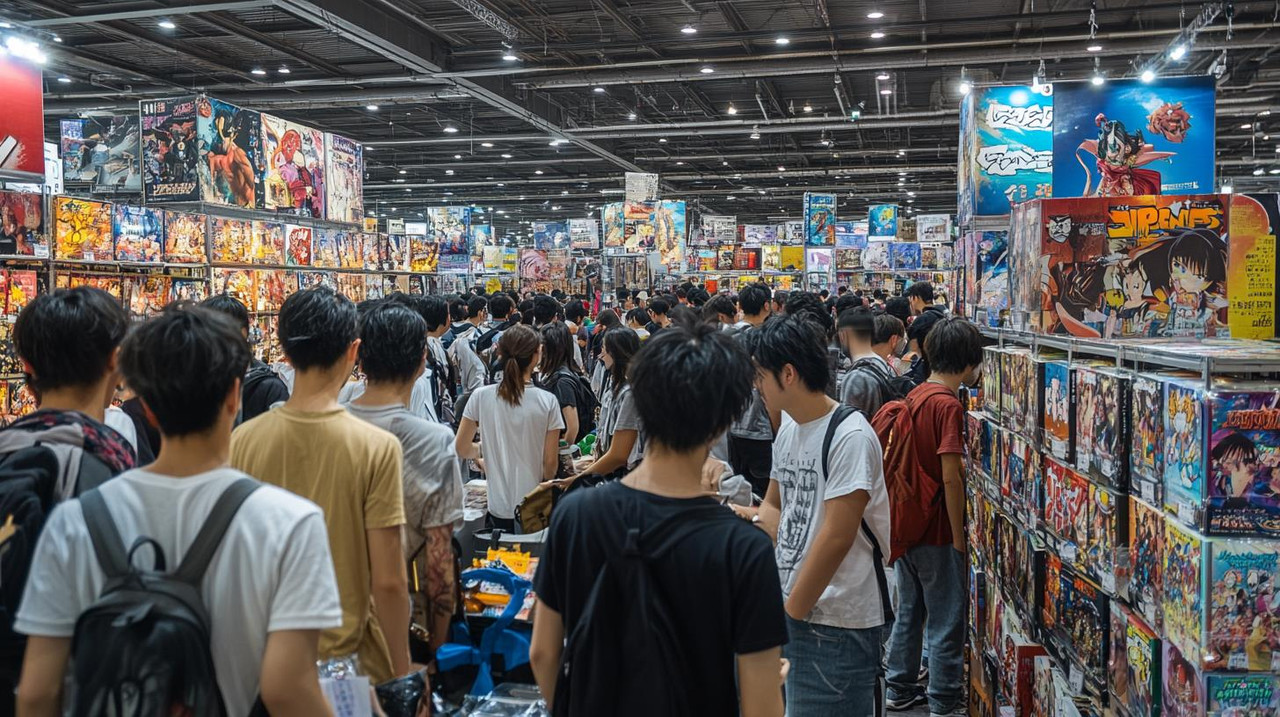Doujin: Understanding the World of Original Japanese Comics
Japanese pop culture has captivated global audiences for decades, with anime and manga leading the charge. However, a significant and often misunderstood aspect of this vibrant scene is the world of doujin – self-published comics created by passionate fans. This isn't your typical manga you'll find in bookstores; doujin represents a unique subculture with its own vocabulary, creative styles, and passionate community. This article will explore the fascinating landscape of doujin, deciphering key terms and offering insights into this thriving corner of Japanese creative expression.

Understanding the Term "Doujin" (同人)
The word "doujin" (同人) literally translates to "same circle" or "like-minded people." It refers to a group of individuals united by a shared interest, often a specific fandom or creative pursuit. In the context of comics, doujin signifies independently produced works, often based on existing franchises (like anime or games) or entirely original creations. These aren't officially licensed products; instead, they represent fan-made contributions, showcasing creativity and reinterpretations of beloved characters and worlds.
Key Terminology: Navigating the Doujin Lexicon
The world of doujin boasts a rich vocabulary. Understanding these terms is crucial to appreciating the depth and diversity of this community.
-
Circle (サークル, sāku): This is the foundation of doujin production. A circle is a group of artists, writers, and other creators who collaborate on a single doujin work or a series of them. Circles often specialize in specific genres or character pairings.
-
Anthology (アンソロジー, ansorojī): A collection of shorter works by multiple creators, often based on a shared theme or character. Think of it as a collaborative fanzine, with each contributor adding their unique perspective.
-
Original Work (オリジナル, orijinaru): Doujin that are not based on existing franchises. These showcase the circle's original stories, characters, and art styles, providing a glimpse into their unique creative vision.
-
Derivative Work (二次創作, nijisei sakusaku): Doujin based on existing properties, such as anime, manga, games, or light novels. These works often reimagine characters, explore alternative storylines, or showcase unique interpretations of the source material. The level of adherence to the original source material can vary greatly.
-
Event (イベント, ibento): Large-scale gatherings where doujin circles sell their work directly to fans. These events, often held in major cities, are a vibrant hub of creativity and community interaction. Comiket (Comic Market) is the most famous example, attracting hundreds of thousands of attendees.
-
Print (印刷, insatsu): Refers to the physical process of printing the doujinshi. Different printing methods affect the quality and cost of the final product.
-
Web Comic (ウェブコミック, uebu komikku): While traditionally printed, many circles now also publish their work online, often utilizing platforms specifically designed for hosting doujin.
-
Genre (ジャンル, janru): Similar to Western comics, doujin span a wide range of genres, from romance and action to comedy and horror. Specific genres, and subgenres, are often very prominent within the doujin community.
The Creative Process and Artistic Styles
Doujin creation is a collaborative effort, often involving multiple individuals with specialized skills. Writers craft narratives, artists bring characters to life, and editors ensure consistency and quality. The artistic styles are incredibly diverse, ranging from faithful recreations of existing art styles to entirely unique and experimental approaches. This diversity is a hallmark of the doujin community, reflecting the individual creativity of its members.
The Community and its Impact
The doujin community is a vibrant ecosystem of artists, writers, and fans. It fosters creativity, provides a platform for self-expression, and builds strong bonds among its members. Many successful professional manga artists and animators started their careers creating doujin, showcasing the potential for growth and recognition within this unique subculture. The community's influence extends beyond just the creation of comics; it inspires fan fiction, fan art, and other forms of creative expression, contributing significantly to the overall landscape of Japanese pop culture.
Beyond the Comics: The Broader Context
While doujin comics are the focus, the "doujin" spirit extends beyond the realm of self-published works. The same principles of collaborative creativity and shared passion apply to other forms of fan-made content, including music, games, and videos. This communal aspect is a vital part of the doujin experience, emphasizing the power of shared interests and collaborative creativity.
Conclusion
The world of doujin offers a unique window into the heart of Japanese pop culture fandom. It's a vibrant, creative, and surprisingly complex community with its own language, traditions, and artistic styles. Understanding the key terms and concepts discussed in this article will provide a deeper appreciation for the passion, creativity, and community spirit that drives this fascinating subculture. The diversity of styles and genres ensures there's something for everyone to discover within the vast world of doujin.